Kannada Matrimony
by iMarriagesmatrimony site for Kannada speakers.
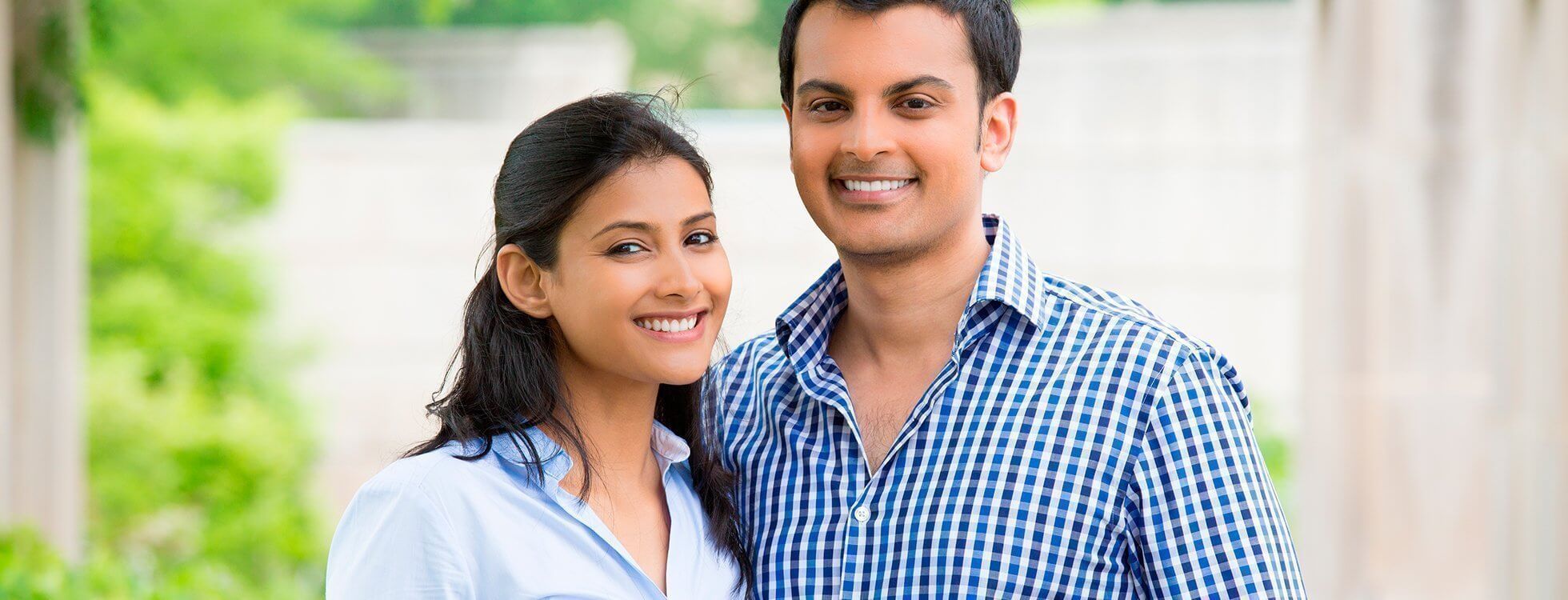

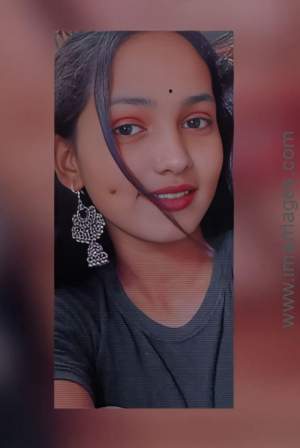
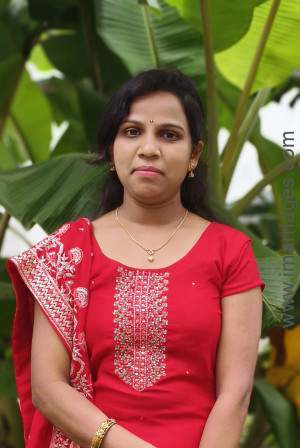
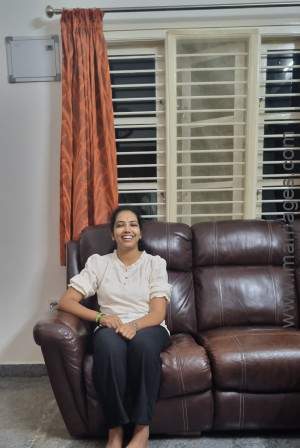
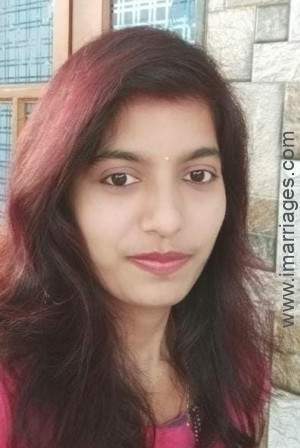
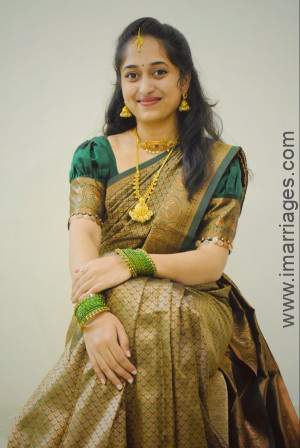
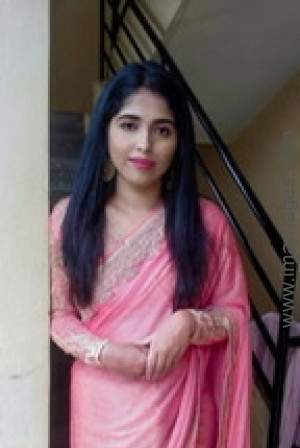
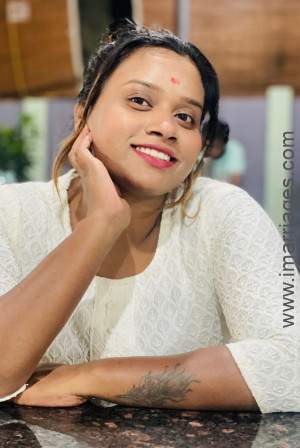
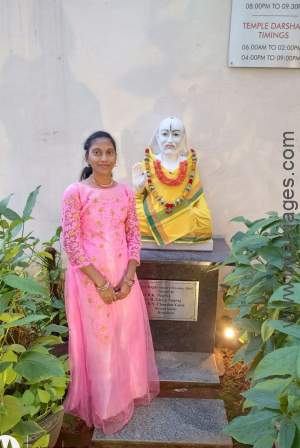
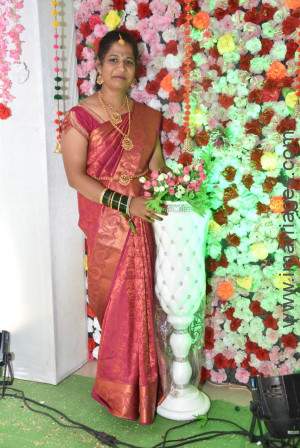
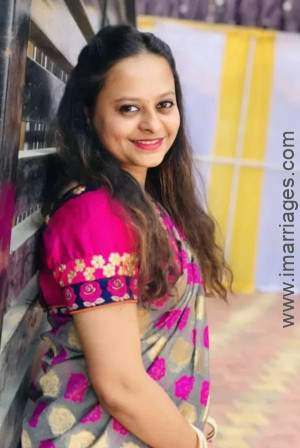
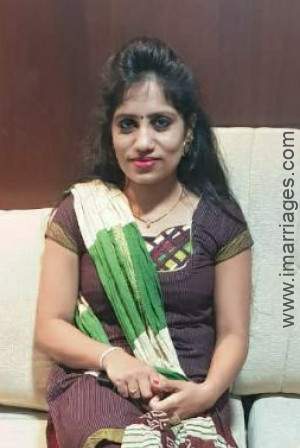
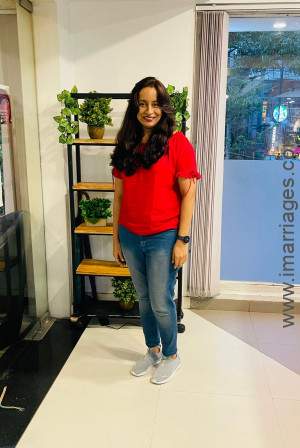
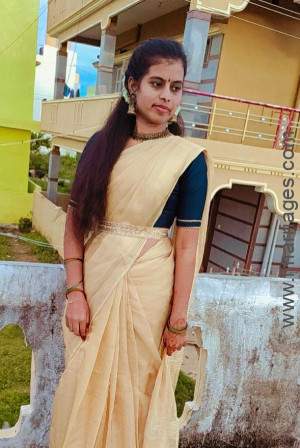
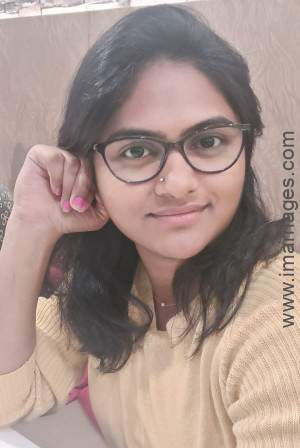
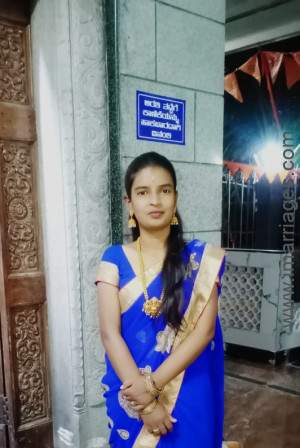

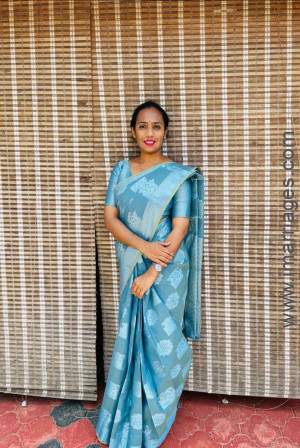
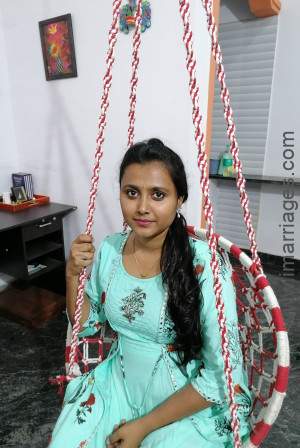
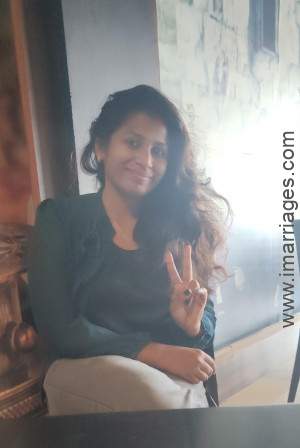

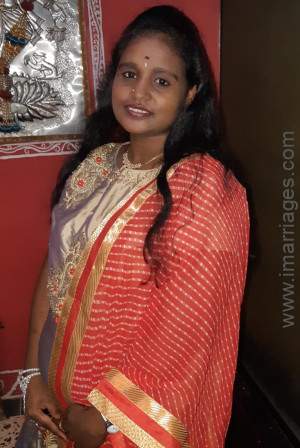
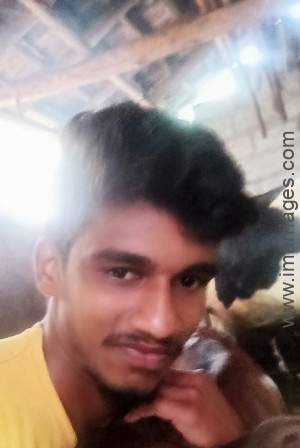
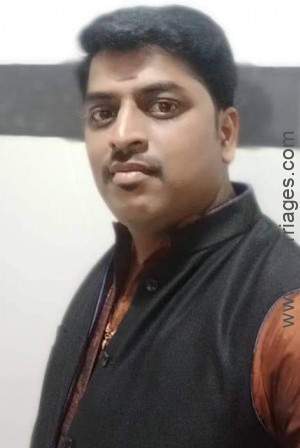
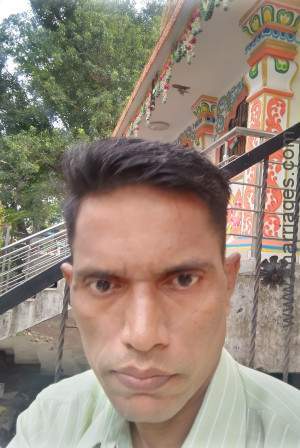
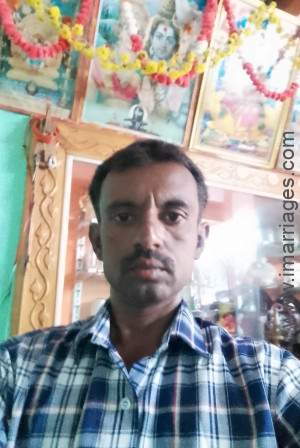
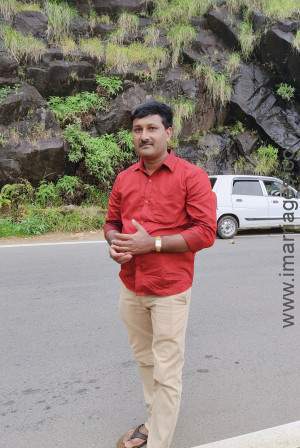

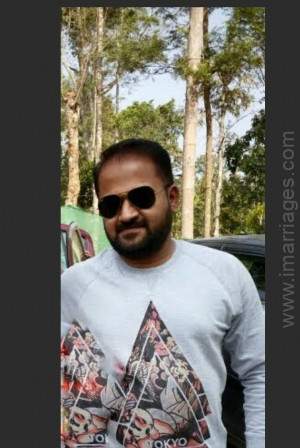
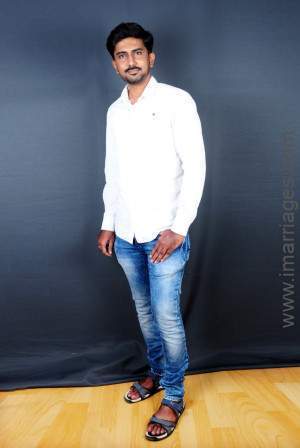
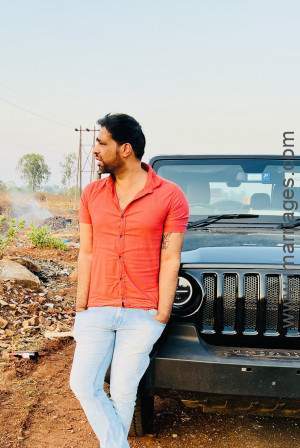
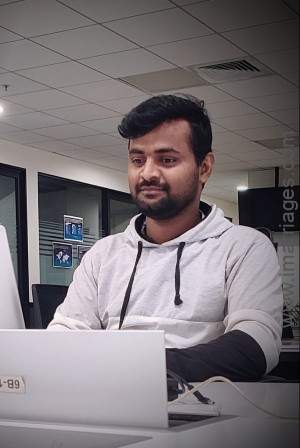
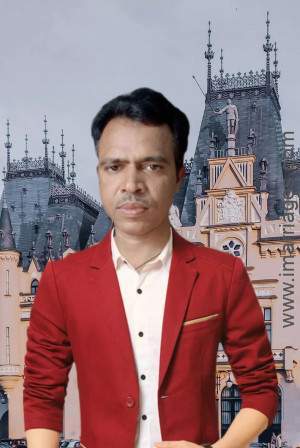

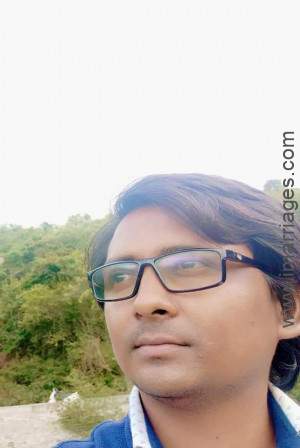
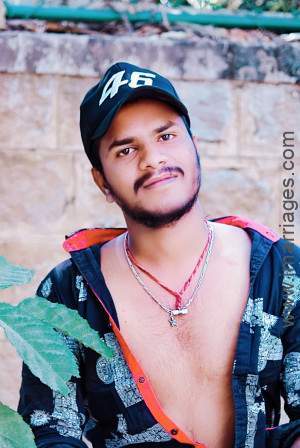
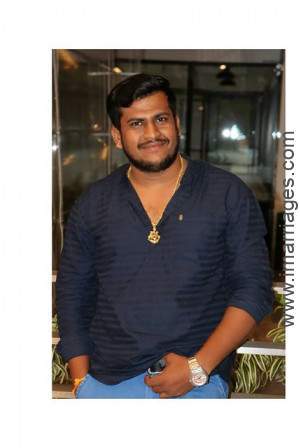
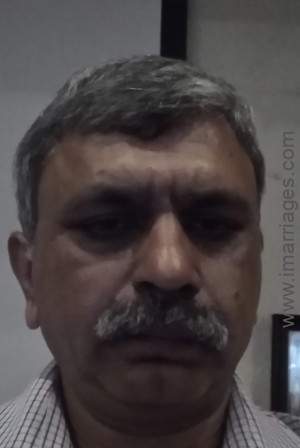
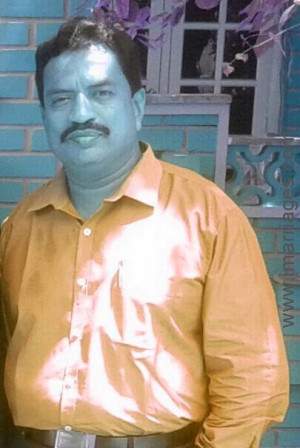
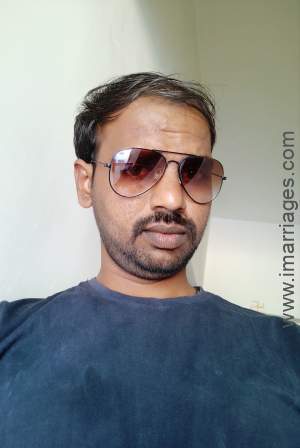

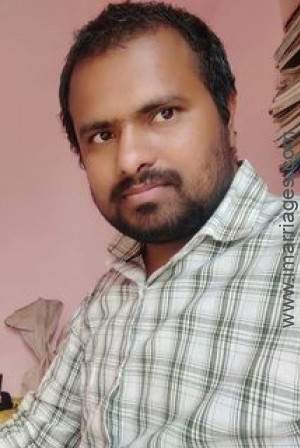
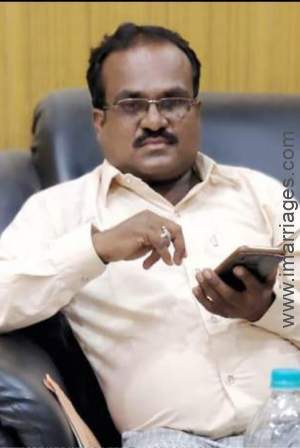
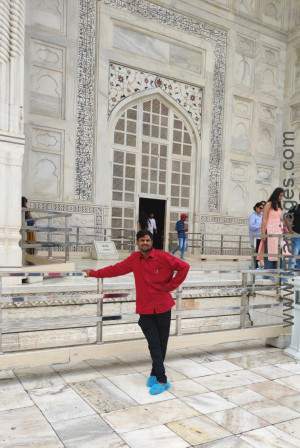
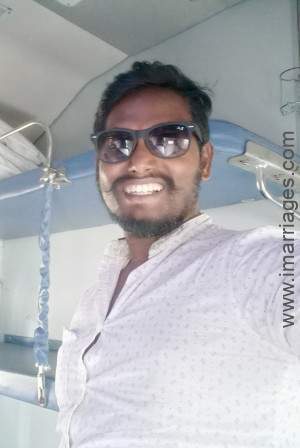
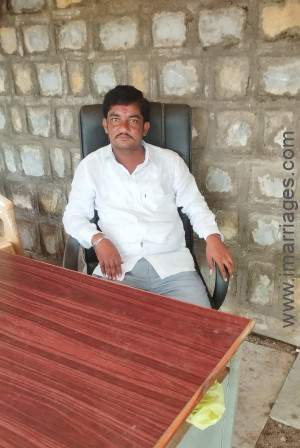

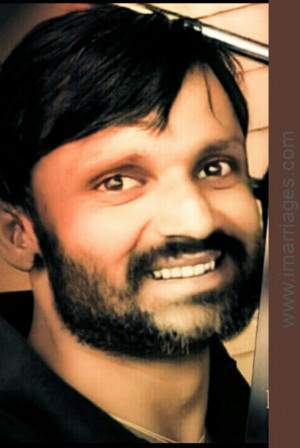

Welcome to Kannada Matrimony by iMarriages, a free portal for ಕನ್ನಡ speakers with thousands of profiles in Karnataka and else where.
Yes, our service is free. Our award winning platform allows you to send personalised messages and communicate with your matches via a safe and secure messaging system completely free. By using our messaging system, you can talk to your match and only share your phone number when you feel comfortable and ready to take the next step forward.
Our service is free and simple to apply for. Simply click the register link at the top of the page and answer the fun and easy questionaire. The questionaire will automatically create your personalised matrimony profile. You can then chat and get to know your matches, complete for free.
Of course we are biased, but we believe iMarriages is the best value for money matrimony site in Karnataka. The difference between iMarriages and all other sites is that we allow you to send personalised messages and communicate with your matches for free. We are the only safe and legitimate site that offers this.
iMarriages is the safest matrimony site in the world, and far safer than traditional methods such as placing ads in newspapers. All profiles on our portal have been manually screened by a human and every member is required to provide a contact phone number which is then verified. Additionally, we have developed our own sophisticated AI system that constantly monitors our portal, automatically responding to any suspicious behaviour.
Kannada matrimony (ಕನ್ನಡ ಮ್ಯಾಟ್ರಿಮೋನಿ) takes place between a bride and groom whose mother tongue is Kannada. The language of Kannada is spoken predominately in the state of Karantaka where it is the official administrative language. Spoken by over 40 million people, it is one of the top 40 languages spoken in the world. Its spoken form varies from region to region, however, the written form is generally consistent.
Kannada evolved from the Kadamba language which was spoken during the 5th century. It has a literary history spanning over one thousand years.
Kannada matrimonial ceremonies are a simple and sweet event which usually span over the course of 2-3 days. It possesses some resemblance from its neighboring states Maharastra and Andhra Pradesh. Kannadigas believe that marriage is actually spiritual mating of two souls, thus the occasion is celebrated by following age-old customs and traditions. For people in Karnataka, vedic rituals are more important than pomp and show. The basic structure of Kannada matrimonial ceremony is similar to other Indian weddings having some pre-wedding, wedding and post wedding functions.
Let's see how Kannadigas celebrate the coming together of two souls.
Nischay Tamulam - Matching of horoscope marks the beginning of wedding bells. If stars align perfectly, predicting a happy and prosperous future then only the families agree to the marriage alliance. Nischay tamulam is equivalent to engagement but no exchange of rings takes place. The parents of the bride and groom exchange a plate containing betel leaves and betel nuts. Parents of the groom gift a saree, blouse piece, coconut and sweets to the bride while the bride's parents gift groom a plate having dhoti, coconut, fruits, and sweets. The date of the marriage is generally decided by the priest during this event.
Naandi - This ritual takes place at both houses separately. It consists of a pooja performed by the priest to have an obstacle-free marriage celebration also praying for the prosperous married life of the couple. A copper pot filled with water and having coconut at the top is placed symbolizing the start of the wedding celebration. Following this, the first wedding invitation is given to almighty to procure his blessings for the couple.
Kaashi Yaatre - This is a light-hearted and fun filled moment where the groom pretends to leave for Kashi carrying a stick and some bare essentials. At this time his maternal uncle intervenes and convinces him to marry by showing a photograph of the bride to him.
DevKarya - This ritual takes place on the wedding day at groom's place. Before leaving for the wedding venue the groom seeks blessings from local deities by visiting a nearby temple. The objects to be used during the marriage is also kept in front of Lord Ganesha to consecrate them.
Groom's Welcoming Party - The groom and the wedding party is welcomed at the entrance of the wedding venue where five Sumangalis or married women take their turn to perform an aarti of the groom before escorting him in.
Mandap Puja - This puja is performed by the priest before starting of any wedding day rituals to ensure the mandap and wedding venue are purified from any bad omen. This ensures an obstacle-free marriage function.
Var Puja - According to Hindu traditions, the groom is a reincarnation of Lord Vishnu, thus he is worshipped by the bride's family. He is made to sit in the wedding mandap by his father in law. His feet are then washed by him and a puja is performed in groom's honor. He has presented a set of silk dhoti and scarf known as pitambar which he needs to wear during wedding rituals.
Jaimala - The bride is accompanied by her sisters to the wedding mandap. Her face remains covered behind a fan made up of peacock feathers held by her sisters. After the arrival of the bride, a curtain is placed between the bride and groom preventing them from seeing each other. The curtain is then gradually resumed amidst of chanting of mantras by the priest enabling the couple to lay eyes on each other for the first time. The bride and the groom then exchange garland three times.
Dhareherdu - This Kannada ritual is analogous to the Kanyadaan ceremony in Hindu weddings. The right hand of the bride and groom are joined together and a coconut along with a betel leaf is placed on top of the joined hands. The bride's parents shower their blessings and approval of this union by pouring holy water (known as dhara) on the joined hands.
Saptapadi - It symbolizes the tying of nuptial knot between the ends of the bride and groom's attires. The couple then circumambulates the holy fire seven times for taking seven sacred vows of marriage this ritual is termed as Saptapadi. This is followed by tying of mangal sutra by the groom around the bride's neck.after the conclusion of the wedding, the couple seeks blessings from elders of both the families.
Okhli - Okhli is a post-wedding game played by Kannadigas after the completion of the wedding rituals. The groom's ring is dropped in a vessel containing milk or colored water. The bride and groom have to find the ring from the vessel. If the bride successfully finds the ring this implicit that she can handle any challenge of marital life.
Vidaai - After huge celebration its time for the bride to say an emotional and tearful goodbye to her family and paternal house. Bride's parents send her with gifts that are required to set up a new home which includes a cot, cooking utensils, umbrella, and sweets. The bride's brother accompanies her to her new place.
GrihaPravesh - The bride is given a warm ceremonial welcome in the form of a welcoming aarti by her mother in law. A vessel filled with rice up is placed on the threshold and the bride enters the house turning it over with her right foot symbolizing that her arrival has increased the wealth and prosperity of the house.
Clothes Presentation Ceremony - The bride is gifted five sarees by her husband and she is to wear a saree for various post-wedding rituals.
Name Change Ceremony - This ritual is similar to those of Maharashtrians during which the groom decides upon a new name for his new bride and writes the same on a plate of rice with his ring. The bride accepts the plate of rice from him indicating that she has accepted her new name.
Visiting the Bride's House - On the second day of marriage, the bride's parents invite the newlywed couple to their house. The couple is to stay there for at least one night before returning back to the groom's house.
Reception - A reception party is held by the groom's family. This party signifies a formal introduction of the bride to relatives, friends and near and dear ones of groom's family.